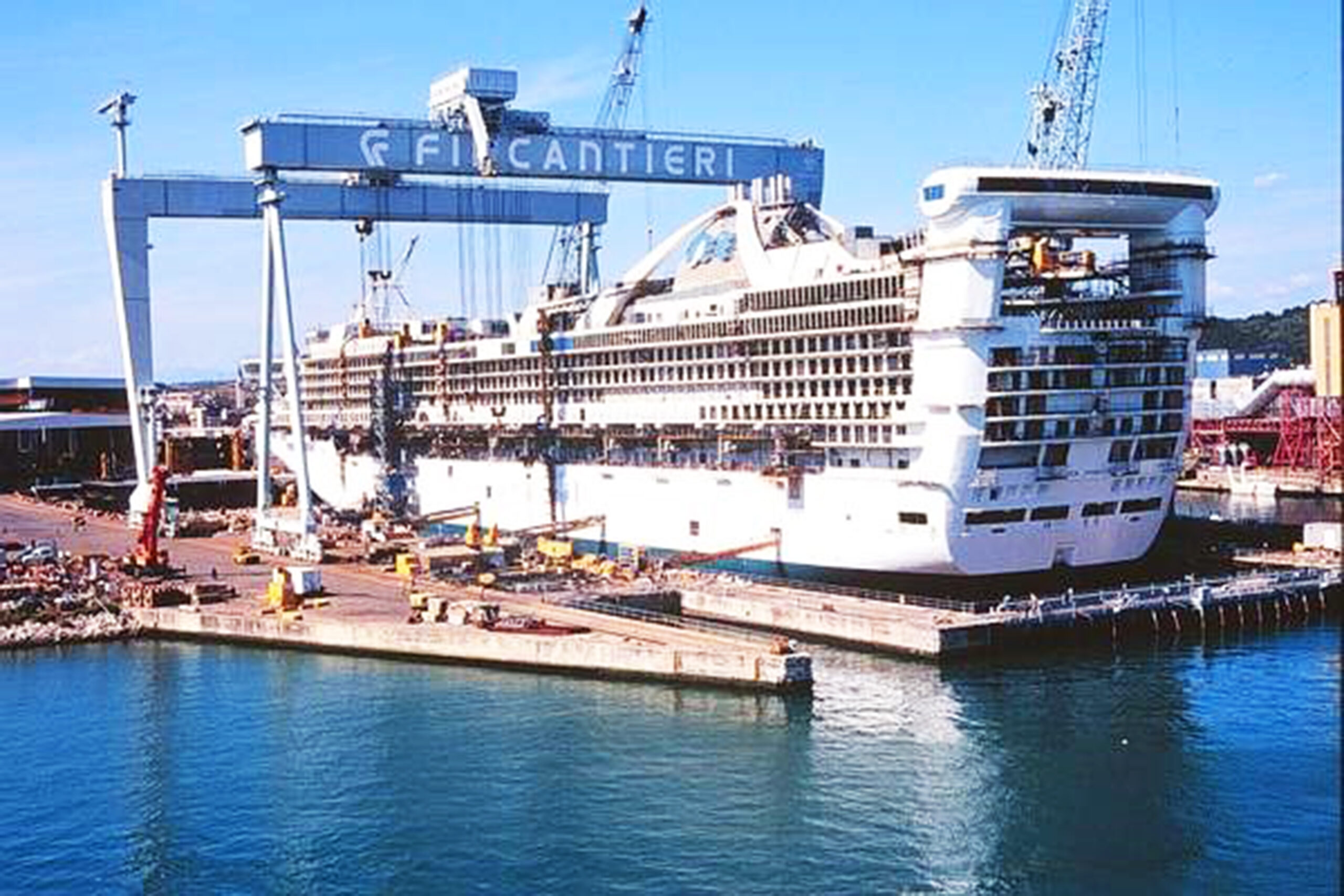With Spring Training taking place now, I thought it appropriate to put all the baseball fans in the mood for the upcoming season with this teaser from an era gone by.
It was the post war era – the late 1940s to 1957, which many called it The Golden Age of Baseball. It certainly was a golden age in New York City. There were three major league teams in the city: the New York Yankees, New York Giants and the Brooklyn Dodgers. In the eleven seasons from 1947 through 1957, there was a New York team in the World Series ten times. In seven of those years, two New York teams squared off in the fall classic. Six of those Series were played between the New York Yankees and the Brooklyn Dodgers. In one of those memorable seasons, a first-and-only-time event took place. All three teams finished in first place in their league. Of course, it could only happen in New York because it was the only city with three teams.
In 1951, the Yankees ended their season on top of the American League by finishing five games ahead of the Cleveland Indians. In the National League, both the Dodgers and the Giants wound up with identical records of 96-58, forcing a three game playoff for the championship. In the National League playoff, the Giants, behind the famous 9th inning “home run heard ‘round the world” by Bobby Thomson in game three, gave the Giants a startling playoff victory and the National League pennant.
Rosters from all over major league baseball in that golden era were rich with players of Italian heritage. Remember Rocky Colavito, Joe Garagiola, Dom DiMaggio and Sam Mele? These players were just a few of the names that filled scorecards. Although carrying a fewer number of Italian Americans, the Giants had one of the most significant players – the mean looking right handed pitcher with the perennial five-o’clock shadow, Sal Maglie of Niagara Falls, given the nickname “The Barber” by his manager Leo Durocher. He ‘shaved’ the hitters, pitching his fastballs up and in under the batter’s chin and then feeding him the breaking ball low and away. He would throw one fastball, then follow up with another in the same area, “just to let the hitter know the first one wasn’t an accident.” Maglie’s record in ’51 was 23-6.
Over in Brooklyn, the pitcher who threw that fatal fastball to Bobby Thomson was Ralph Branca, the offspring of an Italian father who came from the Calabrese town of Lappano. Ralph broke in with the Dodgers in 1944 and won 21 games in the pennant winning season of ’47. The Dodgers had a reserve outfielder named Tommy Brown, a kid from Brooklyn whose mother was Italian. He signed with the hometown team during the war, too young to be drafted. In the majors at 16, Brown became the youngest player ever to hit a home run in the big leagues.
In that final playoff game there was a young man in the Dodgers’ bullpen in the ninth inning warming up both Branca and Carl Erskine, alternating between the two, as manager Charlie Dressen tried to make up his mind on who to bring in to replace Newcombe. He was another Brooklyn native named Steve Lembo. His big league career was limited to just seven games, but he became a fixture as a Dodgers scout at the fabled Parade Grounds, Brooklyn’s sandlot field of dreams. The Dodger that the paisani in the seats at Ebbets Field loved the most was Carl Furillo, nicknamed “Skoonj” for his love for the Italian delicacy scungilli. He was a tough competitor, noted for a rifle arm, clutch hitting and brawling with Leo Durocher.
Up in the Bronx however, the Yankees had the largest contingent of Italian American ballplayers, beginning with the hard throwing right-hander Vic Raschi. The “Springfield Rifle” had won 21 games each year from 1949 through ’51. Challenging Roy Campanella as the best catcher in baseball was Yogi Berra, from The Hill, the Italian section of St. Louis. Yogi also won three MVP awards and caught Don Larsen’s perfect World Series game in 1956. A scrappy little Yankee who also managed the team on five separate occasions was Billy Martin, the son of an Italian mother. Christened Alfred Manual, “Billy” was an acronym for Bello, meaning beautiful in Italian, a term of affection bestowed upon him by his maternal grandmother. Charlie Silvera was the Yankees bullpen catcher for many years. He was there in 1951. And then there was the “Scooter.” Phil Rizzuto was born in Ridgewood, Queens, but always identified himself with Brooklyn. Like his dad, he was a fan of the Dodgers. After a tryout with Brooklyn, he was told by his future manager, Casey Stengel, to “get himself a shoebox,” but Phil went on to a Hall of Fame career as the Yankee shortstop and a beloved place with fans as their broadcaster for 39 years.
It is customary to save the best for last and Joe DiMaggio was the best. This son of a Sicilian fisherman is on virtually every list of the ten best major league players ever. Known for so many exceptional accomplishments, his 56 consecutive game hitting streak remains one of the most enduring records in the books. Baseball’s last golden age glimmered just a bit more because of the contributions of the Italian American player.





